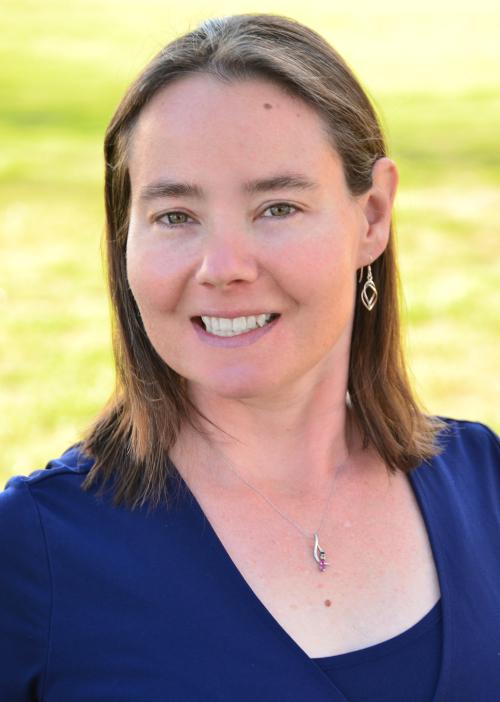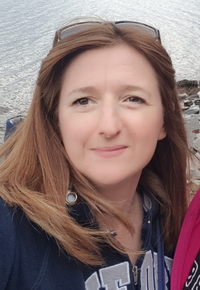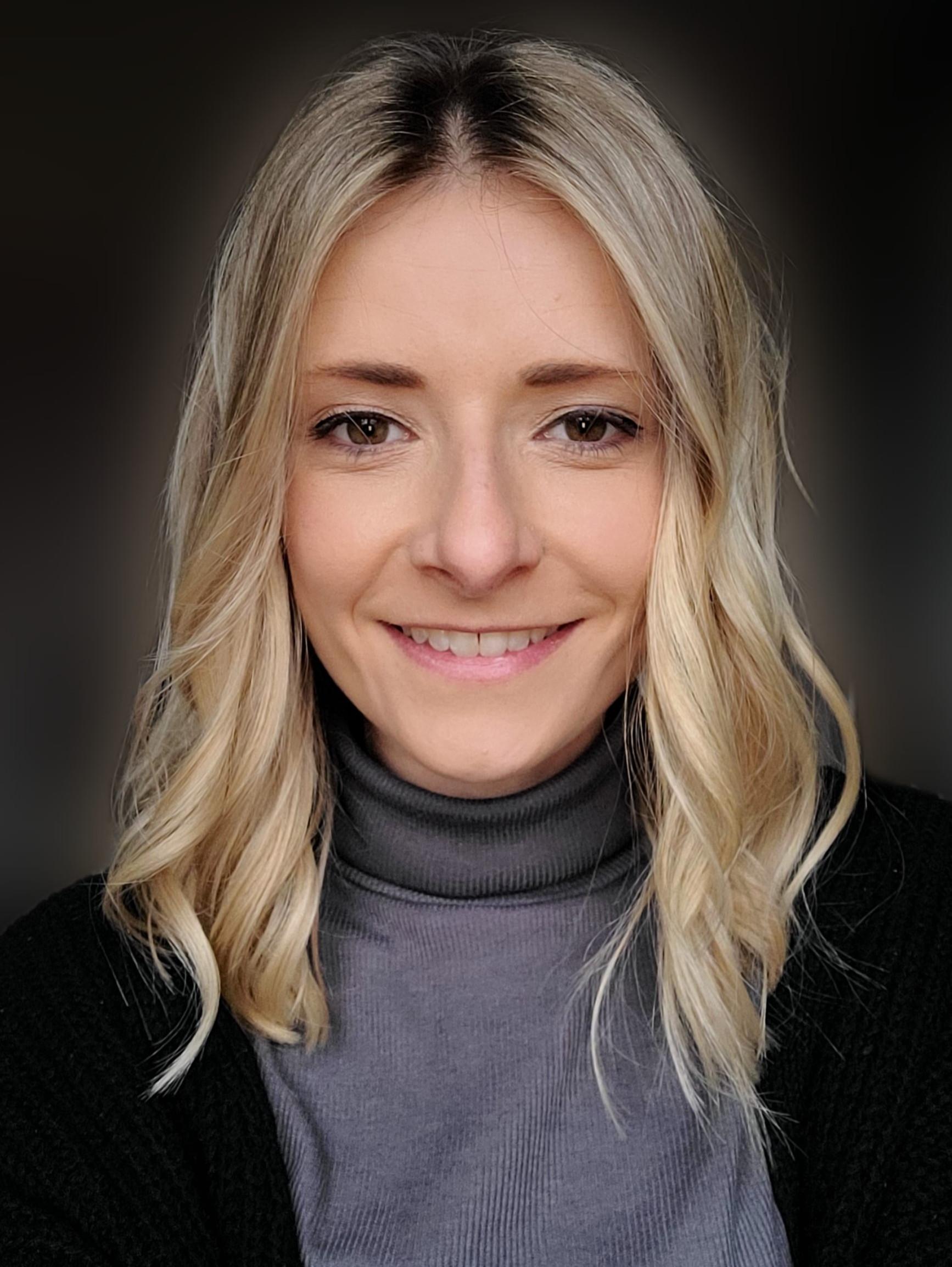Special Topic: Evaluation
Parallel Session
6th Shaw-IAU Workshop on Astronomy for Education
Session timeblocks
Wednesday Nov. 13, 2024
Part 1:
UTC: 8 a.m. -
9:30 a.m.
Part 2:
UTC: 1 p.m. -
2:30 p.m.
Thursday Nov. 14, 2024
Part 2, repeated:
UTC: 5:30 p.m. -
7 p.m.
Friday Nov. 15, 2024
Part 1, repeated:
UTC: 1:20 p.m. -
2 p.m.
This session will showcase diverse approaches to assessing the effectiveness of astronomy education initiatives. It will explore evaluation methodologies for exploring the impact of astronomy education projects on teachers, pupils, and broader communities.
Schedule
-
Evaluating Without Words. The Power of Graphic Representations in Educational Workshops Evaluation
The use of traditional written questions to evaluate astronomy education workshops in difficult contexts, marked by high rates of school dropout, low literacy and the presence of non native Italian speakers, can be ineffective. In these situations, it is essential to adopt new and alternative methods. Direct experiences carried out in the outskirts of big Italian cities, where social marginalization is marked, have shown that drawing and other non verbal forms are powerful tools for evaluation. Through drawing, everyone can express their experiences, emotions and levels of learning, offering a valid tool to understand the impact of the activities. This approach allows for an inclusive and intuitive evaluation capable of involving everyone regardless of their linguistic competencies.

Federico Di Giacomo (INAF - Istituto Nazionale di Astrofisica)
For more information about this talk click here
-
Perception measurement instrument on the use of real astronomical data in the school classroom
In this work we present the design of an instrument to evaluate the perception of students before and after participating in an activity involving the use of astronomical data in the subject of physic, in order to determine if the teaching of astronomy can motivate students in science learning. This instrument was validated by expert judgment validation. In addition, this test was preliminarily applied in the subject of Physics in a 9th and 10th grade class. The results of the test application showed the expected results, indicating that students positively evaluate the use of real astronomical data in the classroom.

Irma Fuentes-Morales (Universidad de Santiago de Chile)
For more information about this talk click here
-
Enhancing Skill Development in Digitally Instructed Hands-On - Minds-On Astronomy Lessons.
Building on the Minds-On project, this study developed the online module “Celestial Bodies” to enhance hands-on and minds-on learning, providing students with individualised feedback prompts to monitor and identify weaknesses in their understanding. The lesson centred on classifying 14 celestial bodies based on three properties, with the guidance of the online module and a map and cards. This study aimed to (1) enhance student engagement with the software, and (2) asses the impact of guided instructions and feedback prompts. We introduce our interactive lesson, present findings, and discuss their benefits in upper primary education classes to enhance student engagement, concept learning, emphasising enhanced integration of minds-on and hands-on activities.

Ilham Bouisaghouane (Leiden University and Amsterdam University of Applied Sciences)
For more information about this talk click here
-
Embedded Participatory Evaluation to Assess Mission Embedded Education Outcomes for Classrooms
The public engagement (PE) program embedded within the NASA PUNCH mission extends outreach to primary and secondary classroom students and educators. Our Ancient and Modern Sun-watching outreach theme helps to ensure that the science of heliophysics is more personally and cross-culturally relevant to a broader diversity of learners. The mission cultivates intentional collaboration with scientists, Indigenous and Spanish-speaking youth and families, Girl Scouts, and Blind and Low-Vision (BLV) learners. Evaluation is conducted collaboratively among PE team members, institutional partners including planetariums and science centers interested in reaching classrooms, and the external evaluator (S. Buxner), who is also an active astronomy educator. Aligned with research about how people learn, evaluation is conducted from a participatory framework and includes ongoing conversations and collaboration that are sensitive to new opportunities beyond traditional front-end needs assessments. The multi-institutional nature of the collaboration allows for pilot testing in classrooms in multiple communities and in different settings to best meet the needs of collaborating communities.

Sanlyn Buxner (Planetary Science Institute)
For more information about this talk click here
-
Pedagogical advisor and couple for the teaching of Astronomy at elementary school
We discuss the joint work between elementary school teachers and science teachers in the planning and implementation of interdisciplinary proposals motivated by Astronomy content. We describe the advisory and pedagogical partner functions from the perspective of two Technical-Pedagogical assistant teachers from Scientific-Activities intensified schools in the Autonomous City of Buenos Aires. We present and discuss some of their proposals based on the results of an instrument for evaluating attitudes towards the teaching of Astronomy by practicing teachers and student teachers in which we link aspects of personal and school biography, especially during initial and continuous teacher training, with the aim of obtaining categories to analyze and contribute to the redesign of training devices.

Fernando Ariel Karaseur
For more information about this talk click here
-
Mediterranean co-design: Evaluating the project FRESCO (Florence RESidency COdesign)
The FRESCO project co-designs playful resources for children, targeting ages up to 12 years within an international community. It focuses on creative learning (specifically Game Based Learning and Playful Learning) in STEAM, Astronomy and Astrophysics. We have started focussing on specific actions, namely the building of a community and evaluating participants’ perceptions of their personal experience of co-design and co-development, and their views on the value and effectiveness of such processes. To assess these aspects, we have designed an evaluation system using documentation (online activity recording and observation) and questionnaires, carried on throughout the whole process, to collect also pre-post evidence about the occurring changes regarding our research questions.

Stefania Varano (Istituto Nazionale di Astrofisica)
For more information about this talk click here
-
Assessing Learning in Astronomy: Methods and Tools in the Context of Astronomical Peripatetism
This work presents an innovative approach to assessing learning in astronomy, utilizing Astronomical Peripateticism and the Flipped Classroom. Various assessment techniques are implemented, including formative and summative evaluations, live observations, and interactive discussions. The goal is to measure the effectiveness of this methodology in students’ understanding and retention of astronomical concepts. Collected data shows that students not only improve in their theoretical assessments but also demonstrate a greater ability to apply their knowledge in practical and real-world situations.

José Antonio D'Santiago García (Universidad Nacional Experimental Rafael María Baralt)
For more information about this talk click here
-
Hands-On Experiments as Physical Analogies for Exoplanet Weather Phenomena
Models can help to convey and discuss abstract science concepts by comparing them to something more tangible or familiar. Existing research on metaphors and analogies as models tends to focus on language aspects. However, models can also be enacted physically. In this study, we investigate the use of student-led, hands-on experiments as physical analogies in inquiry-based science lessons. We conducted inquiry-based science education lessons about exoplanet clouds and lightning with 28 students aged 16 to 18. After these lessons, the students participated in peer-led focus groups in which they discussed the experiments they had conducted. We analysed these recordings to give insight into the ways that students use the experiments as analogies when discussing scientific topics.

Oriel Marshall (Universities of Copenhagen and Antwerp)
For more information about this talk click here
-
Assessing teachers' perspectives to develop astronomy learning materials with augmented reality
Astronomy education has unique challenges due to the abstract nature of concepts.Teachers acknowledge the use of augmented reality (AR) in enabling visualisations that support learning.However, educational AR apps need to be developed for specific use case,making the positive effects on student learning highly dependent on teachers’ self-assessed digital skills.To increment these skills,we developed teacher trainings based on the UTAUT2 and TPB theories.Teachers developed AR apps to accurately depict the size and distance scales of the solar system.Through pre- and post-tests, self-assessments from 120 Physics teachers were collected.I will present these AR apps, the survey methodology, and insights on factors that influence teachers’ acceptance and integration of educational technology.

Aishwarya Girdhar (LMU: Ludwig Maximilian University of Munich)
For more information about this talk click here
-
PETeR: A Case Study in evaluating the effectiveness of ongoing teacher training and support
PETeR, a project by the Instituto de Astrofísica de Canarias, empowers Spanish students to explore astronomy through guided research using robotic telescopes. Over 450 schools participate, spanning various educational levels. To help teachers get the most out of PETeR, we offer training courses, follow-up support and doubt resolution sessions. By analyzing pre- and post-training surveys, teacher feedback and student outcomes, we assess the impact of these initiatives on student engagement, acquired STEM skills and overall learning experiences. Our findings highlight the potential of inquiry-based and project-based learning to enhance astronomy education, as well as the importance of ongoing teacher training.

Nayra Rodríguez Eugenio (Instituto de Astrofísica de Canarias)
For more information about this talk click here
-
Engagement. What is it? How is it measured? How to bring it to the Astronomy course?
This study defines Engagement as what students do beyond passing the course. This allows a clear idea of how to identify and measure it (Formanek, Buxner, Impey, & Wenger, 2019). The students mentioned having shared the learnings achieved in the course with their family and Friends. This is one od the aspects that generate educational engagement (Fernández-Zabala, Goñi, Camino, & Zulaika, 2015). Using engagement measurement tolos allows for continuous improvement of the course (both in its topics and in the strategies used).

Cuauhtemoc Mendez (Tec de Monterrey / TRIBU cultura astronómica)
For more information about this talk click here
-
The Challenges of Evaluation of Astronomy Activities in the Croatian Educational system
Wednesday Nov. 13, 2024
UTC: noon - 12:15 p.m.This talk explores the complexities involved in teaching and evaluating astronomy in the Croatian educational system, where astronomy is primarily offered as an extracurricular activity at the primary and secondary school levels. The talk highlights the multifaceted role of educators who integrate astronomy projects into physics and technology curricula. By guiding students through experiential learning teachers facilitate a deeper understanding of scientific principles. This research identifies challenges faced by educators in evaluating astronomy activities, particularly in primary and middle schools where formative assessments are predominant. We will present effective evaluation rubrics, tests and examples of best practices adopted by teachers across various grades in Croatia.

Danijela Takač (Astronomy and physics teacher)
For more information about this talk click here





